

John Upton (1639-1687) of Lupton in the parish of Brixham in Devon, was a Member of Parliament for Dartmouth [2] in Devon (2 1/2 miles south-west of Lupton) from February 1679 to August 1679.


John Upton (1639-1687) of Lupton in the parish of Brixham in Devon, was a Member of Parliament for Dartmouth [2] in Devon (2 1/2 miles south-west of Lupton) from February 1679 to August 1679.
He was the eldest son and heir of Arthur Upton (1614-1662) of Lupton, a Member of Parliament for Devon [3] in 1654 and 1656 during the Protectorate of Oliver Cromwell, [4] by his wife Elizabeth Gould (d. 1685), daughter of William Gould of Floyer Hayes in the parish of St Thomas, Exeter, and widow of Robert Haydon (1604-1634) of Cadhay [5] in the parish of Ottery St Mary, Devon.
He married Ursula Lytcott (d.1709), a daughter of Sir John Lytcott (died c.1645), [6] of East Molesey in Surrey and widow of George Clerk of the City of London, merchant. [7] Sir John Lytcott was a Gentleman of the Privy Chamber and in 1633 had purchased the manor of East Molesey [8] from Ralph Freeman. He was buried in St Mary's Church, East Molesey, where survives his monument and several to members of the Clerk family, his daughter's children, who became his heirs. [9] The arms of Lytcott (Or, two bars vairy argent and sable) [10] are shown impaled by Upton on John Upton's monument in Brixham Church. Ursula's sister Anne Lytcott was the wife of John Thurloe (1616-1668) [11] a Secretary to the Council of State in The Protectorate and spymaster for Oliver Cromwell.
By his wife he had three sons and one daughter, who all predeceased him as follows: [12]
He died on 7 September 1687 at Salisbury aged 49 and was buried in St Mary's Church, Brixham, on 20 September 1687, where his mural monument survives on the north wall of the nave inscribed as follows:
On a small table below is inscribed:
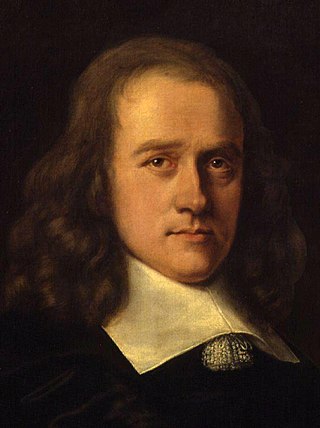
John Thurloe was an English politician who served as secretary to the council of state in Protectorate England and spymaster for Oliver Cromwell and held the position of Postmaster General between 1655 and 1660. He was from Great Milton in Oxfordshire and of Lincoln's Inn,
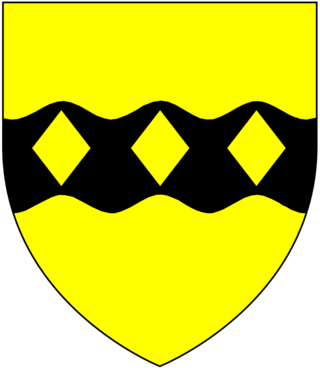
Nicholas Duck, of Heavitree and of nearby Mount Radford in the parish of St Leonards, both next to Exeter in Devonshire, was an English lawyer who served twice as a Member of Parliament for Exeter, in 1624 and 1625. He was one of the Worthies of Devon of the biographer John Prince (1643–1723), whose wife was his great-niece.
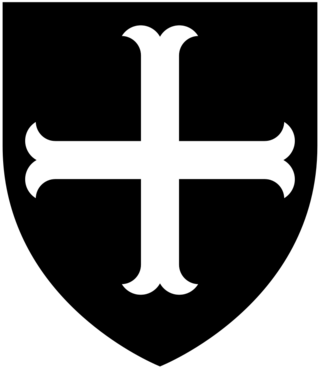
John Upton of Lupton in the parish of Brixham in Devon, was four times elected a Member of Parliament for Dartmouth in Devon at various times between 1625 and 1641.

John Harris of Hayne in the parish of Stowford in Devon and of St. Michael's Mount in Cornwall, was a Member of Parliament.

Sir John Davie, 1st Baronet (1588–1654) of Creedy in the parish of Sandford, near Crediton, Devon, was a member of the Devonshire gentry and served as Member of Parliament for Tiverton in 1621-2 and as Sheriff of Devon (1629–1630). He was created a baronet in 1641.

Sir John III Chichester of Hall was member of parliament for Lostwithiel in Cornwall in 1624.

John Bluett of Holcombe Court, lord of the manor of Holcombe Rogus in Devon, was MP for Tiverton from 1628 to 1629 when King Charles I embarked on his Personal Rule without parliament for eleven years.

Lupton is an historic manor in the parish of Brixham, Devon. The surviving manor house known as Lupton House, is a Palladian Country house built by Charles II Hayne (1747–1821), Sheriff of Devon in 1772 and Colonel of the North Devon Militia. It received a Grade II* listing in 1949. The park and gardens are Grade II* listed in the National Register of Historic Parks and Gardens.
Anthony Upton (1656-1718) was an English-born judge, much of whose career was spent in Ireland. He was a close friend of the poet William King, who lived for a time at Mountown, Upton's country house near Dublin. Upton was accused by his critics of neglecting his official duties, but he showed a notably enlightened attitude at the Islandmagee witch trial of 1711, where he urged the jury, without success, to acquit the accused women. He was removed from the Bench in 1714, on account of his political affiliation, and returned to England, where he committed suicide for unknown reasons in 1718.
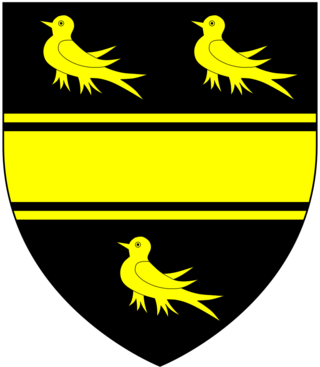
Sir George Smith of Madworthy-juxta-Exeter and Madford House, Exeter, Devon, was a merchant who served as MP for Exeter in 1604, was three times Mayor of Exeter and was Exeter's richest citizen, possessing 25 manors. He was the grandfather of George Monck, 1st Duke of Albemarle (1608-1670) KG and of John Grenville, 1st Earl of Bath (1628–1701).
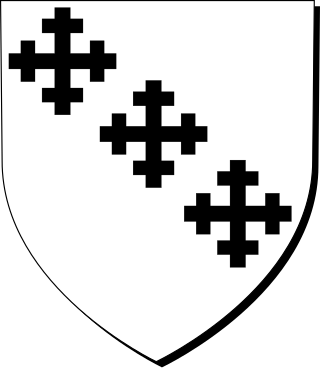
Sir Henry Northcote, 4th Baronet (1655–1730) was an English baronet from Devon. He was by profession a doctor of medicine. His great-great-great-grandson was Stafford Northcote, 1st Earl of Iddesleigh (1818–1887).
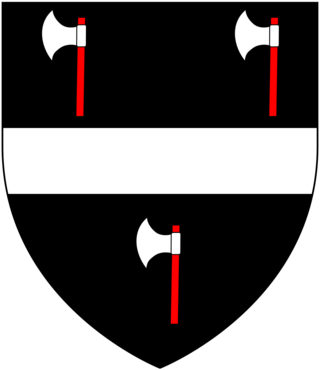
Sir William Wrey, 1st Baronet of Trebeigh, St Ive, Cornwall and North Russell, Sourton, Devon, was High Sheriff of Cornwall in 1598 and was created a baronet by King Charles I in 1628.

Creedy is an historic estate in the parish of Sandford, near Crediton in Devon. It is named from its location on the west side of the River Creedy. It was the seat of the Davie family from about 1600 until the late 20th century. The mansion house on the estate has been called at various times New House, Creedy House, and as presently, Creedy Park. It was first built in about 1600, rebuilt in 1846, burnt down in 1915 and rebuilt 1916–21. It is surrounded by a large park, the boundary of which is enclosed by a stone and brick wall several miles long.

Sir Nicholas II Hooper (1654-1731) of Fullabrook, Braunton and Raleigh, Pilton in Devon, was a lawyer who served as Tory Member of Parliament for Barnstaple 1695-1715.

Richard Bampfield (1526–1594) of Poltimore and Bampfylde House in Exeter, both in Devon, was Sheriff of Devon in 1576. He began construction of the Tudor era Poltimore House in 1550, and completed the building of Bampfylde House, Exeter, along with The Great House, Bristol one of the finest Elizabethan townhouses in the West Country, in 1590. He is the ancestor of the Bampfylde Baronets and Barons Poltimore.

Hayne in the parish of Stowford in Devon, is an historic manor, about 11 miles (18 km) south-west of Okehampton. The surviving manor house, a Grade II* listed building known as Hayne House, was rebuilt in about 1810 by Isaac Donnithorne, who later adopted the surname Harris having married the heiress of Harris of Hayne.

Painsford is an historic estate in the parish of Ashprington in Devon.

John Fownes (1661-1731) of Kittery Court in the parish of Kingswear and of Nethway in the parish of Brixham, both in Devon, was a British landowner and politician who sat in the House of Commons from 1714 to 1715.
Arthur Upton (1614-1662) of Lupton in the parish of Brixham in Devon, was a Member of Parliament for Devon in 1654 and 1656 during the Protectorate of Oliver Cromwell.

Arthur Champneys of Raleigh House in the parish of Pilton, Devon, and of Love Lane in the City of London, England, was a wealthy merchant and a Member of Parliament for Barnstaple, in Devon, from 1690 to 1705.